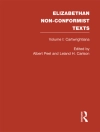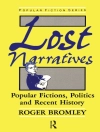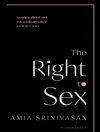This electronic version has been made available under a Creative Commons (BY-NC-ND) open access license. This book is available as an open access ebook under a CC-BY-NC-ND licence.
Nonhuman voices in Anglo-Saxon literature and material culture uncovers the voice and agency possessed by nonhuman things across Anglo-Saxon literature and material culture. It makes a new contribution to ‘thing theory’ and rethinks conventional divisions between animate human subjects and inanimate nonhuman objects in the early Middle Ages. Anglo-Saxon writers and craftsmen describe artefacts and animals through riddling forms or enigmatic language, balancing an attempt to speak and listen to things with an understanding that these nonhumans often elude, defy and withdraw from us. But the active role that things have in the early medieval world is also linked to the Germanic origins of the word, where a
þing is a kind of assembly, with the ability to draw together other elements, creating assemblages in which human and nonhuman forces combine.
Tabela de Conteúdo
Introduction: on Anglo-Saxon things 1 Æschere’s head, Grendel’s mother and the sword that isn’t a sword: unreadable things in
Beowulf 2 The ‘thingness’ of time in the Old English riddles of the Exeter Book and Aldhelm’s Latin
enigmata 3 The riddles of the Franks Casket: enigmas, agency and assemblage 4 Assembling and reshaping Christianity in the
Lives of St Cuthbert and Lindisfarne Gospels 5
The Dream of the Rood and the Ruthwell monument: fragility, brokenness and failure Afterword: old things with new things to say Index
Sobre o autor
Dr Anke Bernau is Lecturer in Medieval Literature and Culture at the University of Manchester












